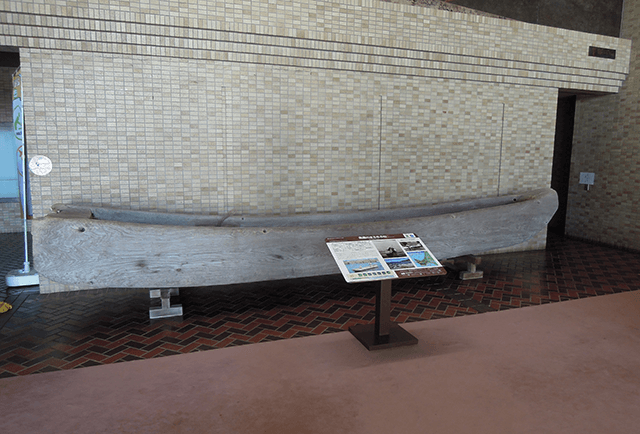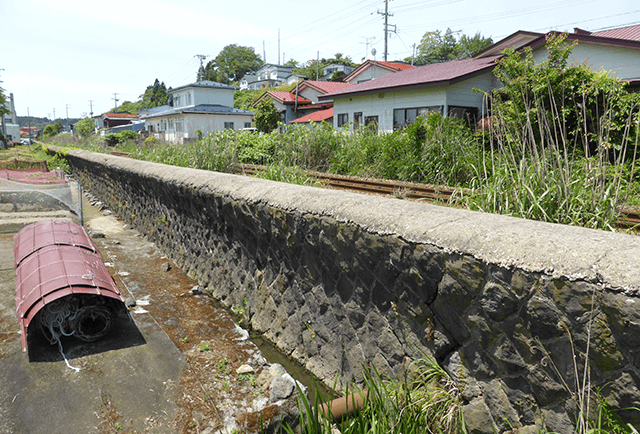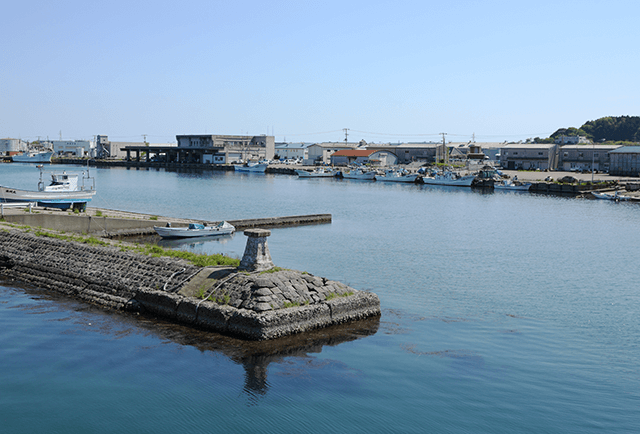-
title Oga Dugout Canoe one word explanation Canoe made from 300 years old Japanese Cedar keywords historycultureexperience confirm, register National Important Tangible Folk Cultural Properties conservation laws and ordinances Act on Protection of Cultural Properties 
Made from over-300-years-old cedar, this dugout canoe uses oars for propulsion and has been used by the villages along the Oga Peninsula shore for both harvesting sea snails and transportation of goods since long ago. The many volcanic reefs in Oga’s seas make the canoe an ideal choice, as it does not break easily even when dashed against the rocks. It is also not easily washed away by the wind and waves, and is resistant to capsizing.In 1870,It’s learned that there were 389 vessels at Oga Peninsula. In 1977, about 40 vessels were in use. Built in 1951, this two-person canoe measuring 655cm in length by 86cm in width is representative of its kind and was used in the sea around Kamo-Aosa before being officially designated as a relic.
-
title Former site of Funakawa Line Seawall one word explanation the railway that ran over water keywords naturehistorysearch confirm, register ー conservation laws and ordinances ー 
The present-day JR Oga Line was first opened on December 16th, Showa 5 (1930), as Funakawa Line, a branch line to the Ou Main Line. It was a combined passenger and freight train whose primary purpose was transporting freight to Funakawa Port, which opened the same year. In Taisho 12 (1923), the trip between Funakawa Station (now Oga Station) and Akita Station took between 1.5 and 2 hours each way and ran six times a day. Furthermore, from Kanegawa it crossed the sea to arrive at Funakawa Station, which was built on reclaimed land. The seawall built from Mt.Kanpuzan’s Oga Rocks still bears that name.
-
title The First/The Second Dock Seawall at Funakawa Port one word explanation heritage of the early Funakawa Port keywords naturehistorysearch confirm, register 2011 JSCE Civil Engineering History and Heritage Award conservation laws and ordinances ー 
After being designated an important harbor by the government in 1910, construction on Funakawa Port began the next year and was completed in 1931, with the port officially opening on February 28th,1930. About 2/3 of the Second Dock Seawall has now been filled in, but at the time it was built, the full length of the 363.6m seawall was made with Oga Rocks from Mt.Kanpuzan using a technique called “kenchiishizumi”. Built in 1914 using the same technique, the First Dock Seawall has been completely filled in, with only the mooring posts remaining. The port brought new life to the area, with the population of Funagawaminato-machi jumping from 4,500 in 1901 to 17,000 in 1950.
Funakawa Port
Home >
What is the Oga Peninsula - Ogata Geopark? >
Geosites and spots >
south coast area >
Funakawa Port

